Subtotal: $40.00
Jerry Gates – Arranging: Woodwinds and Strings
$1,250.00 Original price was: $1,250.00.$250.00Current price is: $250.00.
Digital Download: You will receive a download link via your order email after successful payment.
Arranging: Woodwinds and Strings provides a simple, straightforward, and in-depth approach to this high level material.
Arranging: Woodwinds and Strings
Arranging: Woodwinds and Strings provides a simple, straightforward, and in-depth approach to this high level material. Throughout the course you’ll gain a true understanding of the sound and personality of woodwind and string instruments, and learn how to apply them in a variety of commercial music settings, such as television and film.
Each lesson focuses on the fundamental properties of a particular instrument or group of instruments—its extreme range, practical or usable range, and inherent idiosyncrasies. You’ll then apply this information to actual songs, arrangements, and compositions. You’ll explore topics such as unison doubling of woodwinds, conceptual and dramatic approaches to composition, combining woodwinds and strings, string harmonics in a jazz/pop context, and the effect of strings and woodwinds on brass instruments. Instruments covered within the course include flute, piccolo, oboe, English horn, clarinet, bass clarinet, bassoon, violin, viola, cello, and acoustic bass.
This music arrangement course emphasizes the practical, real-world application of the concepts covered and, to that end, provides interviews with industry writers and comprehensive information working with clients, conducting research for projects, addressing economic issues regarding instrument choices, analyzing scores, and scheduling studios and players.
By the end of the course, you will be able to:
- Orchestrate and compose music for various contemporary woodwind and string instruments
- Arrange or compose music for small and large string sections
- Analyze orchestral scores and understand their nomenclature
- Understand common orchestration techniques used in songs, music beds, jingles, web sites, and films
- Decipher instructions given by a client regarding visual media assignments in television and film
- Have a better understanding of dramatic composition
Syllabus
Lesson 1 Woodwind and String Overview – What They Can Do
Lesson 2 Woodwinds—Flute and Piccolo
Lesson 3 Woodwinds – Double Reeds: Oboe, English Horn and Bassoon
Lesson 4 Woodwinds – Clarinet and Bass Clarinet
Lesson 5 Score Reduction
Lesson 6 Mixed Woodwinds
Lesson 7 Introduction to Violins and Viola
Lesson 8 Strings: Cello and Bass
Lesson 9 Conceptualizing Composition
Lesson 10 Small Group Applications for Woodwinds and Strings
Lesson 11 Combining Strings and Woodwinds II
Lesson 12 Final Thoughts
Requirements
Prerequisites
Completion of Arranging: Advanced Horn Writing or equivalent knowledge and experience is required or demonstrated understanding of the following:
- Major/minor keys
- Major/minor triads
- Major/minor/dominant 7th chords and available tensions
- Approach chords
- Basic voicing knowledge
- Understanding of instrumental transposition (bass, guitar, saxophones, and trumpet)
- Writing for rhythm section instruments such as guitar, bass, piano, and drums
Students should have access to sequencing and notation software and have an intermediate competency in using their equipment. Although this is not a technology-driven class, students should be able to record multiple tracks in their sequencing software and create an MP3 of the final mix.
No Required Textbooks
Software Requirements
- Dorico, Finale (full version), or Sibelius Ultimate. Note that you will need to submit scores as PDF files. Finale Notepad, PrintMusic, and Finale Guitar are not sufficient for use in the course. You can also opt to handwrite scores, scan them, and submit them as PDF files.
- Digital Audio Workstation (DAW) software, such as Logic, Reason, Pro Tools, Digital Performer, etc., to sequence your scores and submit them as MP3 files
- The scores and audio to “The Planets” by Gustav Holst and “The Lark Ascending” by Ralph Vaughan Williams
Mac Users
- OS X 10.9 Mavericks or higher (click here for system requirements)
- Latest version of Google Chrome
Windows Users
- Windows 7 or higher (click here for system requirements)
- Latest version of Google Chrome
Hardware Requirements
- A printer is recommended so that you can print out music examples used in the course
- 2 GB RAM (4 GB recommended)
- 500 MB hard drive space
- Speakers or headphone
- Webcam
- Internet connection with at least 4 Mbps download speed ( http://www.speedtest.net to verify or download the Speedtest by Ookla app from your mobile app store)
General Course Requirements
Below are the minimum requirements to access the course environment and participate in live chats. Please make sure to also check the Prerequisites and Course-Specific Requirements section above, and ensure your computer meets or exceeds the minimum system requirements for all software needed for your course.
Mac Users
- OS X 10.10 Yosemite or higher
PC Users
- Windows 7 or higher
All Users
- Latest version of Google Chrome
- Zoom meeting software (available in the course when joining your first chat)
- Webcam
- Speakers or headphones
- External or internal Microphone
- Broadband Internet connection
Instructors
Author & Instructor
Composer, producer, educator, orchestrator and arranger Jerry Gates has been a music industry professional for over thirty-five years. At Berklee College of Music, he teaches in the Contemporary Writing and Production Department and has taught most of the core classes in that major. He has authored Arranging For Horns through Berklee Press and Hal Leonard Publishing and has self published All Twelve: Dodecaphonic Sources For Contemporary Composition.
For Berklee’s online school, Jerry has authored Arranging: Rhythm Section and Horns, Arranging: Advanced Horns and Writing for Woodwinds and Strings for Berkleemusic.com. Additionally, Jerry teaches writing techniques such as contemporary composition, orchestration and arranging privately through his website, www.jerrygatesmusic.com. He is is one of four directors of the large ensemble recording orchestra at Berklee College of Music and at the rank of Professor teaches Contemporary Arranging techniques, Directed Studies in Arranging, Contemporary Twelve-Tone Composition, Orchestration, and Writing and Production in the Recording Studio.
Over a period of many years in the industry, Jerry has acquired skills that allow him to work in a number of different capacities. He finds that this variety of skills allows him to be valuable to a client. This also keeps his job challenging as he never knows what role he will work in next. Working globally, Jerry’s most recently completed projects include symphonic treatments and arranging original music for the Polish/German jazz quartet Poetic Jazz. He has produced, orchestrated and conducted string sessions for noted Egyptian producer/Arab Idol judge Hassan El Shafei. Jerry has also produced, composed and arranged music for Nestlé’s “Wonk Your Room” online promotion and Wonka.com’s “Loss For Lyrics” online Web promotion. Finally, Jerry composed the score for a documentary retrospective of Florida’s poet laureate, the late Edmund Skellings titled, “Ed Skellings – In His Own Words.”
His television and radio credits include Bank of America, Log Cabin maple syrup, Scope mouthwash, Marlboro cigarettes, and music preparation for “The Dennis Miller Show,” jazz great Bill Holman, and film composers Jack Smalley and Richard Band.
What’s Next?
When taken for credit, Arranging: Woodwinds and Strings can be applied towards these associated programs:
Associated Certificate Programs
- General Music Studies Professional Certificate
- General Music Studies Advanced Professional Certificate
- Arranging Professional Certificate
- Orchestration for Film and TV Advanced Professional Certificate
Associated Degree Majors
- Bachelor’s Degree in Music Production
- Bachelor’s Degree in Music Business
- Bachelor’s Degree in Electronic Music Production and Sound Design
- Bachelor’s Degree in Interdisciplinary Music Studies (Create Your Own Major)
- Bachelor’s Degree in Songwriting

 [Download Now] Jacob Sokol – Quadruple Your Coaching Biz 19 expert sessions
[Download Now] Jacob Sokol – Quadruple Your Coaching Biz 19 expert sessions 

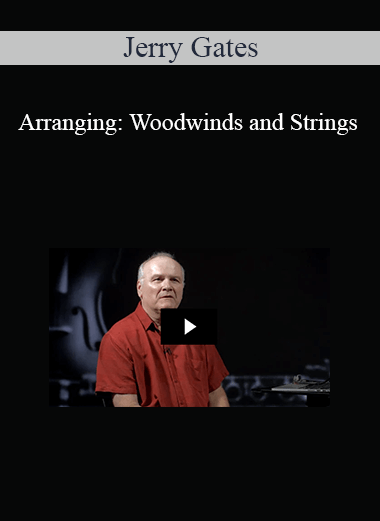
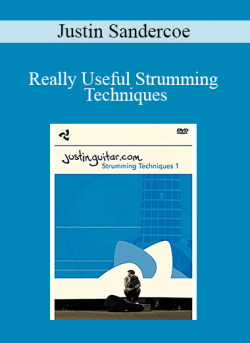

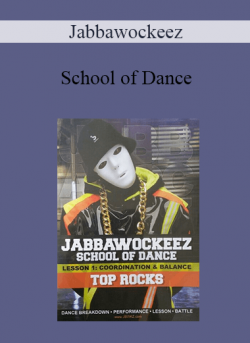
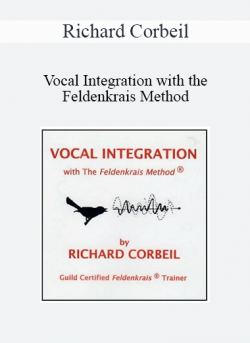

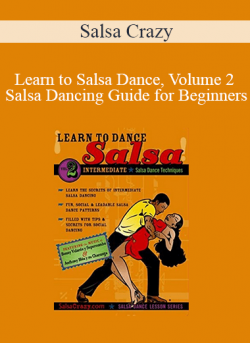
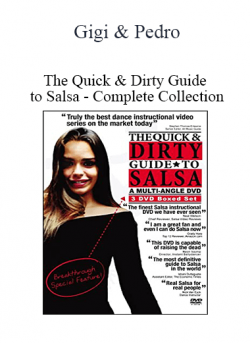
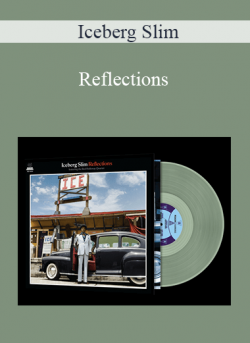
10 reviews for Jerry Gates – Arranging: Woodwinds and Strings
There are no reviews yet.